GWA Newsletter: June
The National Portrait Gallery reopens; Ruth Ozeki on objects and observation; honouring Françoise Gilot's life; all the art you need to see, read, watch and do!
Dear Great Women Art Lovers,
I hope you are all well. Apologies for the silence, we’ve been taking a break post-US Tour – thanks to all for joining us! – but are back with our normally resumed fortnightly newsletter. As always, we’ve got everything you need to see, read, watch and do celebrating all things women artists. But first, a few updates on our end. Let’s have a look:
Last week, I checked out the newly refurbished National Portrait Gallery – a thrilling uplifting museum that rightly reflects a Britain I feel proud to be part of, complete with new doors by Tracey Emin and a mural by Jann Haworth and Liberty Blake celebrating the ultimate cool-girl gang.
As a kid growing up in London, the NPG was one of my favourite places, and if I had a spare 30 minutes, I’d always go in. I loved seeing the people who lived and shaped this country – from the early 2000s photographs of Zadie Smith to Maggi Hambling’s portrait of Dorothy Hodgkin. This week for the Guardian, I wrote a love letter to the museum. Have a read, and go see it for yourself:
This museum is an ode to a country that has birthed writers, dancers, philosophers, scientists, and global megastars. It shows that every profession, every story, every background counts, it makes you feel part of something: part of culture, history, literature, philosophy, art, music. So go see it. Go see yourself reflected in it, see the Britain we all live in, and the people who we can one day aspire to be like. It’s all possible here. The pictures are evidence.
Season 9 of The Great Women Artists Podcast has continued to air, featuring episodes with Kiki Smith:
On being present:
“I always have liked making things in a certain way to be present and to be absent – that it takes you into yourself or into the moment, to the now. At the same time, you become forgetful of yourself and you lose time and space. You're just intent on having a relationship with the material.”
On following one’s work:
“I do believe very adamantly that one is supposed to follow one's work. Often if you thought about it, you wouldn't wanna go there. It's like playing hardball. If you're gonna take it on, then you have to do it on its terms and really be willing to devote yourself to where it goes, whether you think it seems ridiculous or trite or whatever.”
With Mickalene Thomas:
On figurative painting:
“Painting allows us to create an impression and illusion, and form our sense of space that relates to our personal lives. It allows us to see ourselves in images, and just simply that we like that narrative of seeing ourselves in images. It's a mirror image of ourself, our extension. The artist is creating a narrative based on their own personal story, so figurative painting – as long as we are human beings and not extinct – we will have it because it's a lineage of who we are, of storytelling.”
On the inclusive conversation today:
“…it's much more inclusive of a conversation and discourse today. What was voided out of the conversation historically, of those voices, that were on the periphery, are removed from history. Not that we were always a part of history. We just weren't talked about – that conversation was circled around or just not put in. Figurative painting today, I think it's about inclusivity.”
With Anna Weyant:
On dream-like storytelling in art:
“I do not so much like a linear story, but maybe a story more similar to a dream where ideas just sort of dissolve and blend into each other. And it’s not fully understandable, but there are moments in time where like an event takes place and then disappears.”
On painting the downfall:
“I connected to that image [Anna Nicole Smith crying] because I think there's this brutal humour in it. It became this viral meme, and it's this woman who's falling apart under pressure, and it's something that a lot of society laughed at and mocked. She even had a reality TV show – I've watched a few episodes of it – and it's sad in that she's so lonely in the show and struggling with addiction. Yet it's presented as this comedy. It makes me think of the image of the fool in historical art. Like in Frans Hals’s work – the drunk laughing at a bar, and just what our fascination is with the image of somebody falling apart or the downfall of this: this great all-American beauty sort of crumbled into herself while we all watch.”
With Ruth Ozeki:
On the conversations we have with books:
“Books are in conversation with each other – that was one of the ideas behind the book narrator in The Book of Form and Emptiness. Narrating itself into being. But also so many others – with Walter Benjamin, Jorge Luis Borges, and Marie Kondo…”
On writing as a multi-sensory medium:
“The wonderful thing about writing is that it's not purely a visual medium. You can use all of your senses. It's like having a camera of the ear, a camera of the skin, and a camera of all these instruments of the body – physical instruments – that can observe, that can record, that can be used to describe and bring to life a location or a scene or a character.”
On seeing the world anew:
“It's what Emily Dickinson calls ‘telling it slant’ – and that's what we as artists try to do. We try to portray the world in some way that is just a little bit slant so that readers or viewers can then see the world with fresh eyes”
For the Guardian:
I wrote my column on the blatant sexism when it comes to honouring the lives of women. This was in response to a headline in the New York Times on the artist Françoise Gilot – whose career spanned eight decades – which merely remembered her as "in the shadow" of her former lover, who she split from over 70 years ago.
My question is: does his name really have to be mentioned? Aren’t her career, her achievements, her name, enough to stand on their own? When will the media stop referring to women in relation to a partner they split from over seven decades ago, and perpetuating this blatant sexism?
The New York Times’s subheading originally read: “An accomplished painter (and memoirist) in her own right, she did what no other mistress of his had ever done: She walked out.” The subheading has since been corrected from “mistress” to “lover”, considering their relationship lasted almost a decade, and the words “in her own right” have been removed.
OK here’s 5 of your top 5. Love, Katy. Xoxox
PS. Go check out a portrait of me by Chantal Joffe at the Royal Academy of Arts’s Summer Show – beside Kiki Smith and Anne Rothenstein! Back in March, I wrote about my experience sitting for Joffe for my Substack. Here’s the paragraph on this work, Katy (January):
The Sunday Sessions started this January, with this painting. It’s a tough painting. As much as I was trying to hold it together, I was sad. She could see that. I couldn’t even bring myself to wear colour. (I love to be dramatic.) But she talked it through with me, and reassured me that everything would be okay. Chantal is a very kind person but also a kind painter. She was recently interviewed by the FT on Alice Neel, and, referencing Neel’s portrait of a spare and gaunt Warhol, said that she “knows how it feels, as a painter, to sit with someone and see their vulnerabilities”. You can feel that with her. She really wants to do everything she can to make you feel better. But just by chatting to her, and her painting you over time, you feel seen.
5 Shows in the UK
Yevonde: Life and Colour at the National Portrait Gallery (until 15 October)
Lisa Brice: Bar Games (1992–2023) at Sadie Coles (until 8 July)
Bathers at Saatchi Yates (until 10 August)
Carrie Mae Weems at the Barbican (until 3 September)
Howardena Pindell at Victoria Miro (until 29 July)
5 Shows Overseas
Faith Ringgold at Picasso Museum, Paris (until 2 July 2023)
Lisa Yuskavage: Rendezvous at David Zwirner Paris (until 29 July)
Christina Kimeze at White Cube Paris (until 27 July)
Lee Miller at Bucerius Kunst Forum, Hamburg (until 24 September)
Christina Quarles: Come In From An Endless Place at Hauser & Wirth Menorca (until 29 October)
10 Things to Read (bonus 5!)
Art Monsters by Lauren Elkin
Monsters: A Fan’s Dilemma by Claire Dederer
Pure Wit: The Revolutionary Life of Margaret Cavendish by Francesca Peacock
The List by Yomi Adegoke
The Book of Form and Emptiness by Ruth Ozeki
Pure Colour by Sheila Heti
High Time by Hannah Rothschild
Deborah Levy’s Search for a Major Female Character in The New Yorker
An essay on stealing time by Emma Goldberg in the New York Times
An interview with Cindy Sherman in the FT Magazine
5 Things to Listen to
Geoff Dyer on In Writing with Hattie Crisell
Ruby Wax on Therapy Works with Julia Samuel
Leïla Slimani on the Shakespeare & Co Podcast
Martin Amis in conversation with Will Self on the Shakespeare & Co Podcast
Margaret Atwood on This Cultural Life
5 Artists You Should Know About
I love Donachie’s wistful portraits. Almost ghost-like – or angelic – her figures appear to be in another world, deep in thought, and executed in her muted, silver-like palette. Don’t miss her show at Pallant House Gallery.
I love the figure in Woodman’s photographs that teeter on the edge of being seen and being absent. Using herself as both model and photographer, Woodman captured images that feel almost surreal, often with a shielded face, bodies dissolving and evolving in and out of focus, and employing what became her signature small-scale, square, black-and-white format.
Not an artist – but an author, as discussed by Ruth Ozeki in last week’s podcast – Sei Shōnagon penned The Pillow Book, which gives an insight into courtly life in the Heian period.
Saar is known for her prints, political collages and assemblages of found materials. Growing up in the 1930s and 40s in Los Angeles, she took inspiration from the building of artist Simon Rodia’s Watts Towers, 1921–54. An enormous site made from scrap materials, it also sparked her interest in transforming discarded (and often oppressive) objects into sculptures of meaning.
I recently discovered Streeter’s work by walking around the Wadsworth Atheneum, and I was struck by her neo-romantic, gothic-imbued surrealist scapes.
That’s it from me! Happy GWA’ing. Thank you for reading this Substack. If you think someone else might enjoy this too, please spread the word and share this article. If you have any feedback, please comment below.
To receive additional content, and support this page, sign up to be a paid subscriber. See you next time!





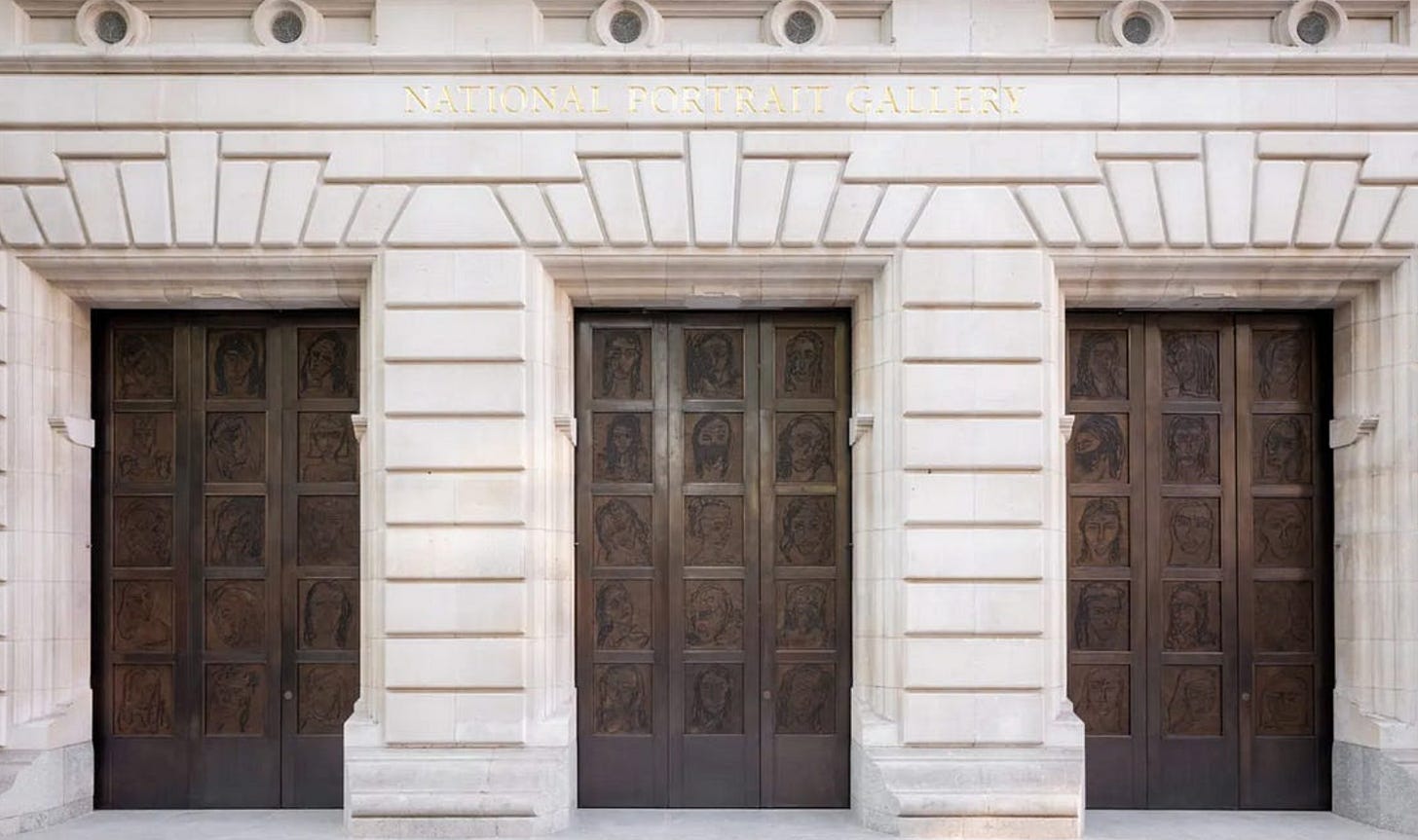



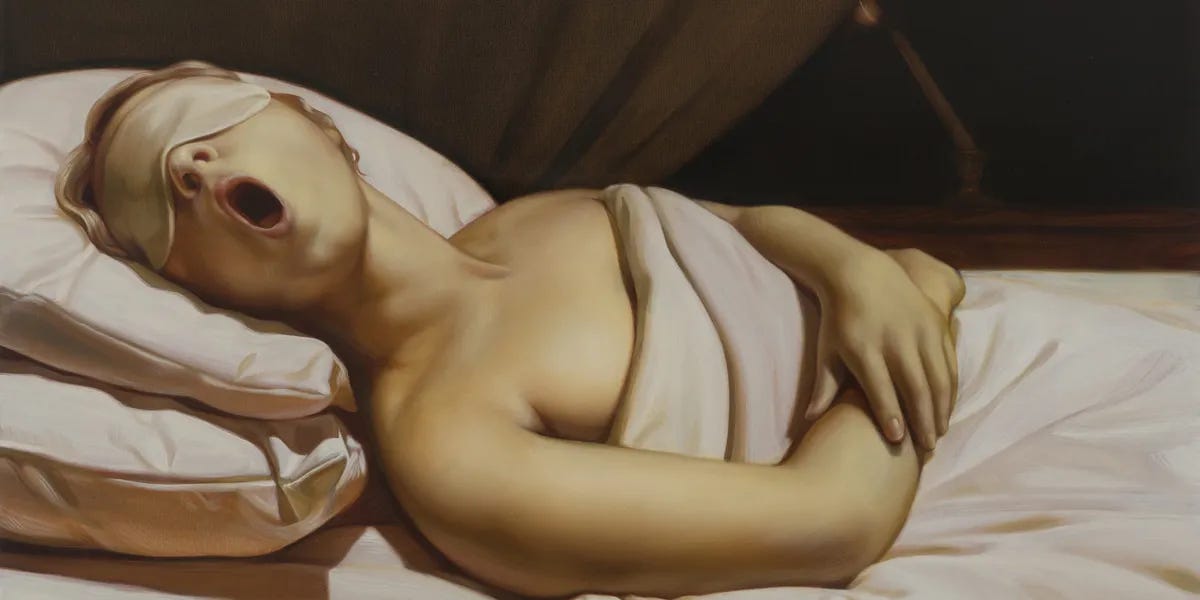
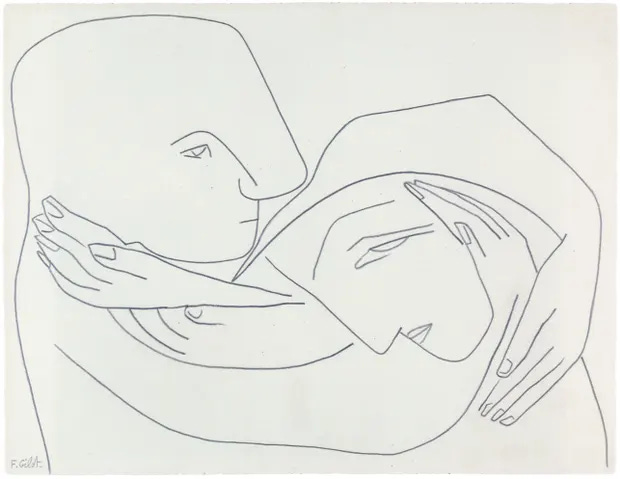

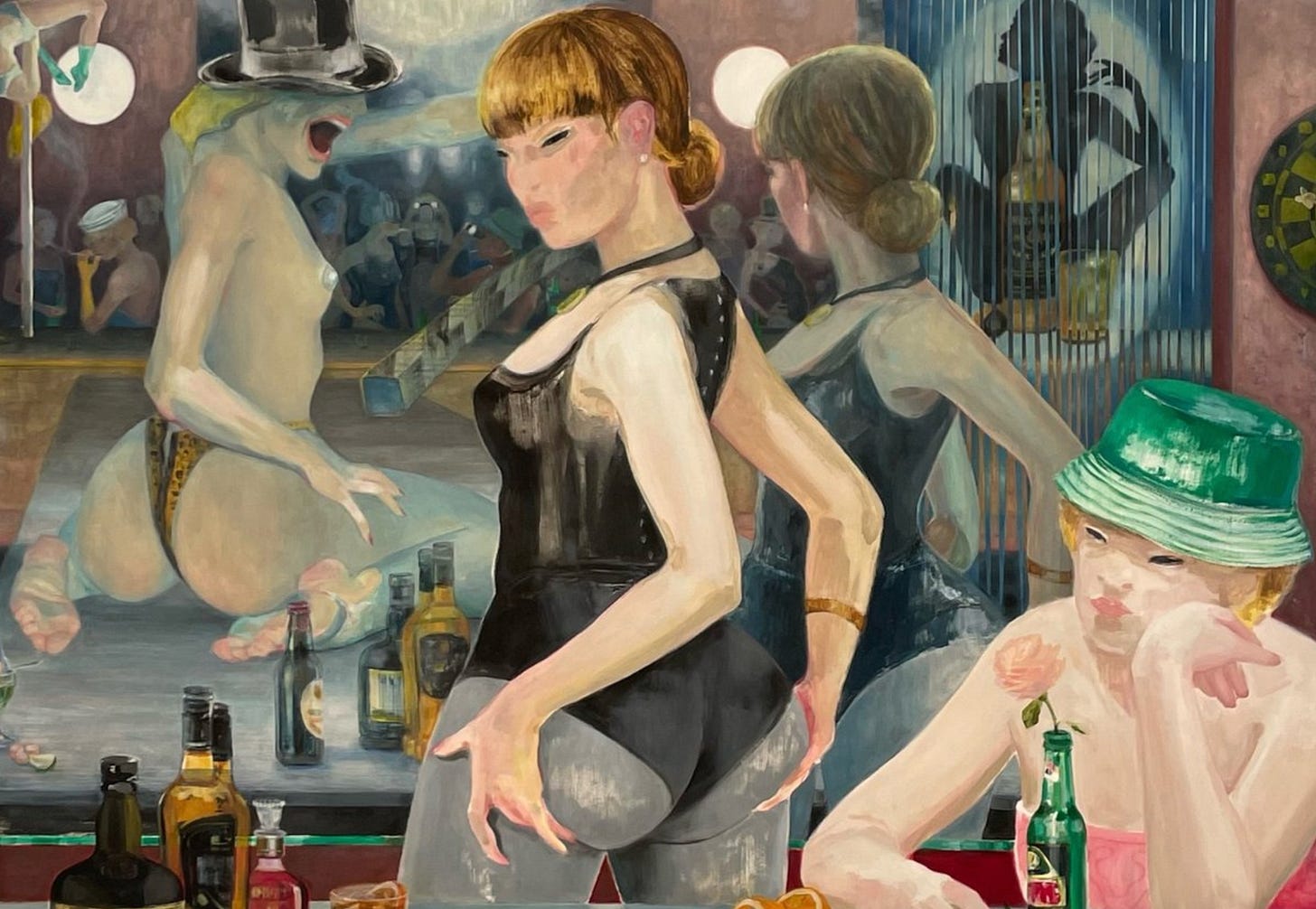


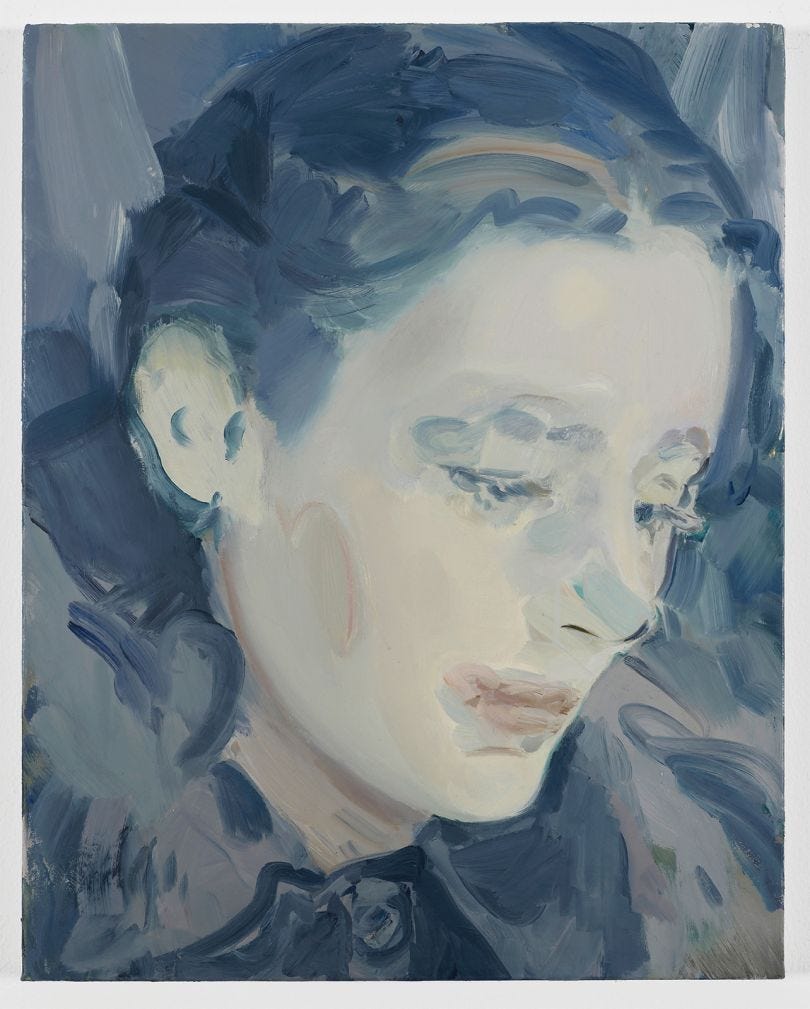
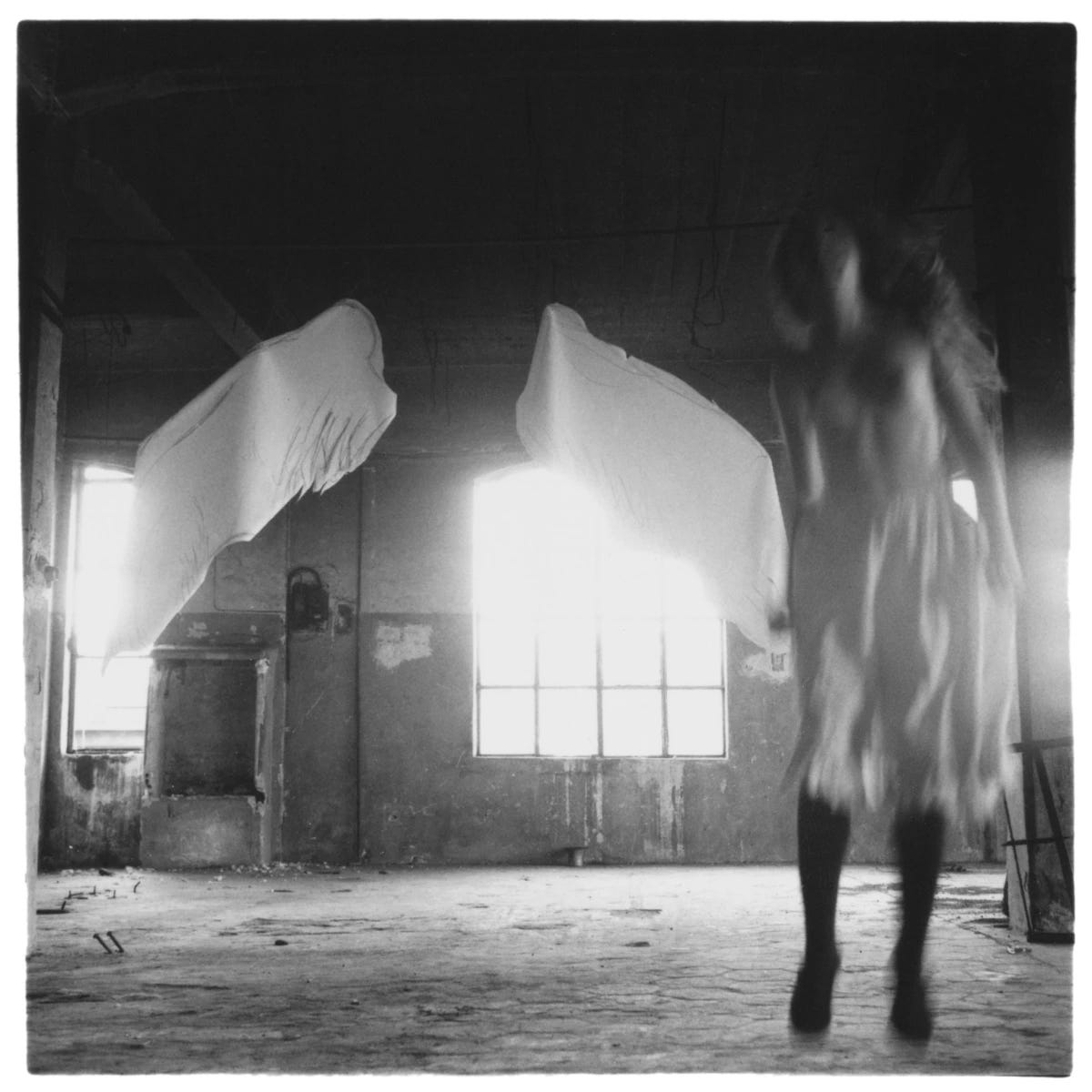
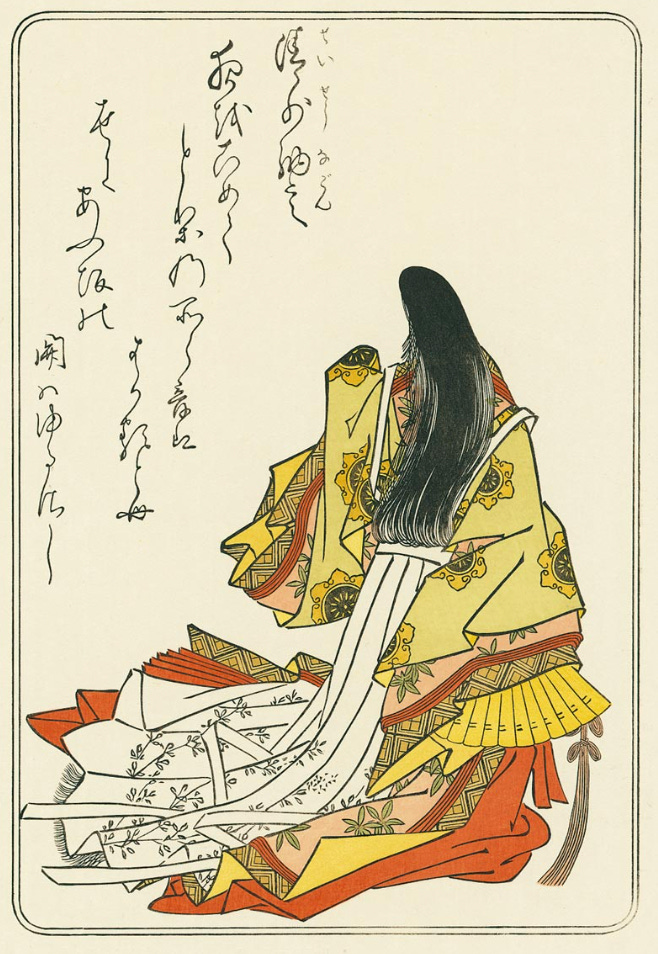

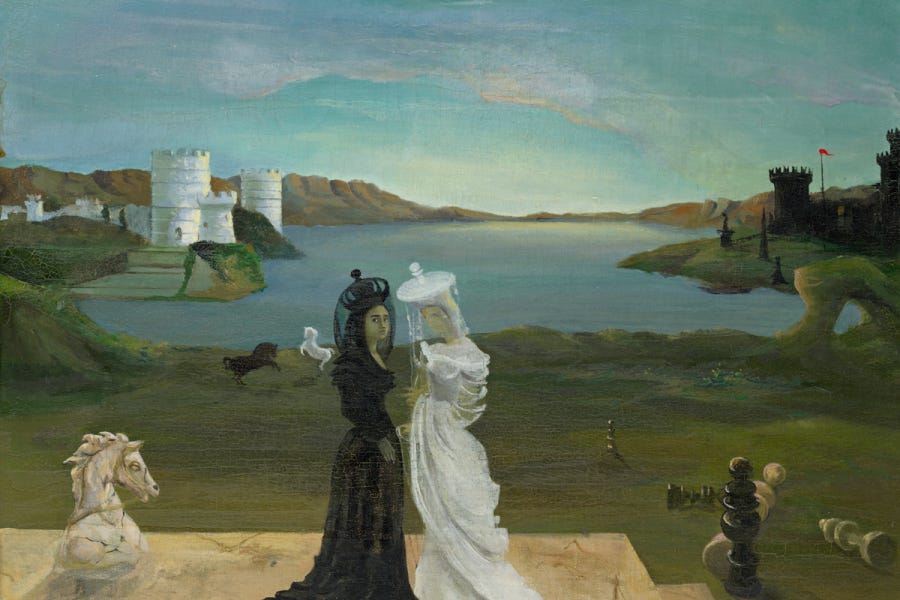
💖💖💖💖
Will see the NPG revamp next week!